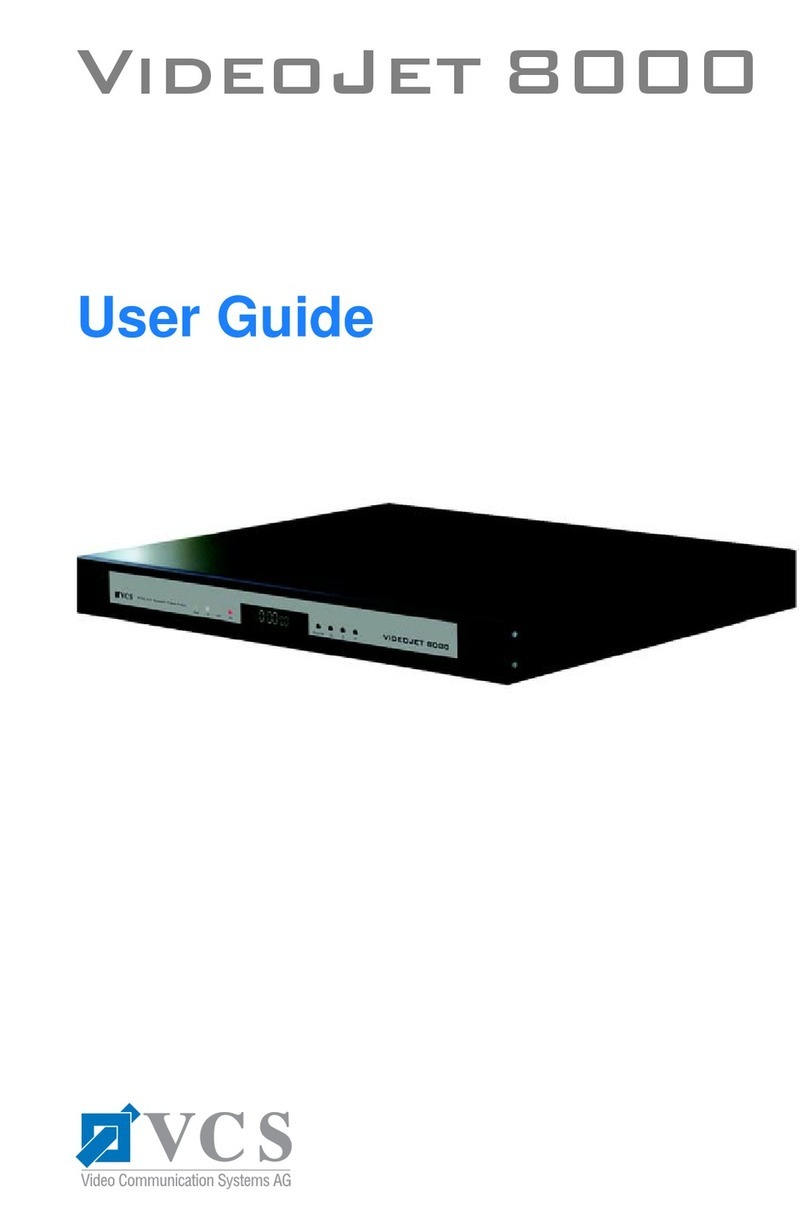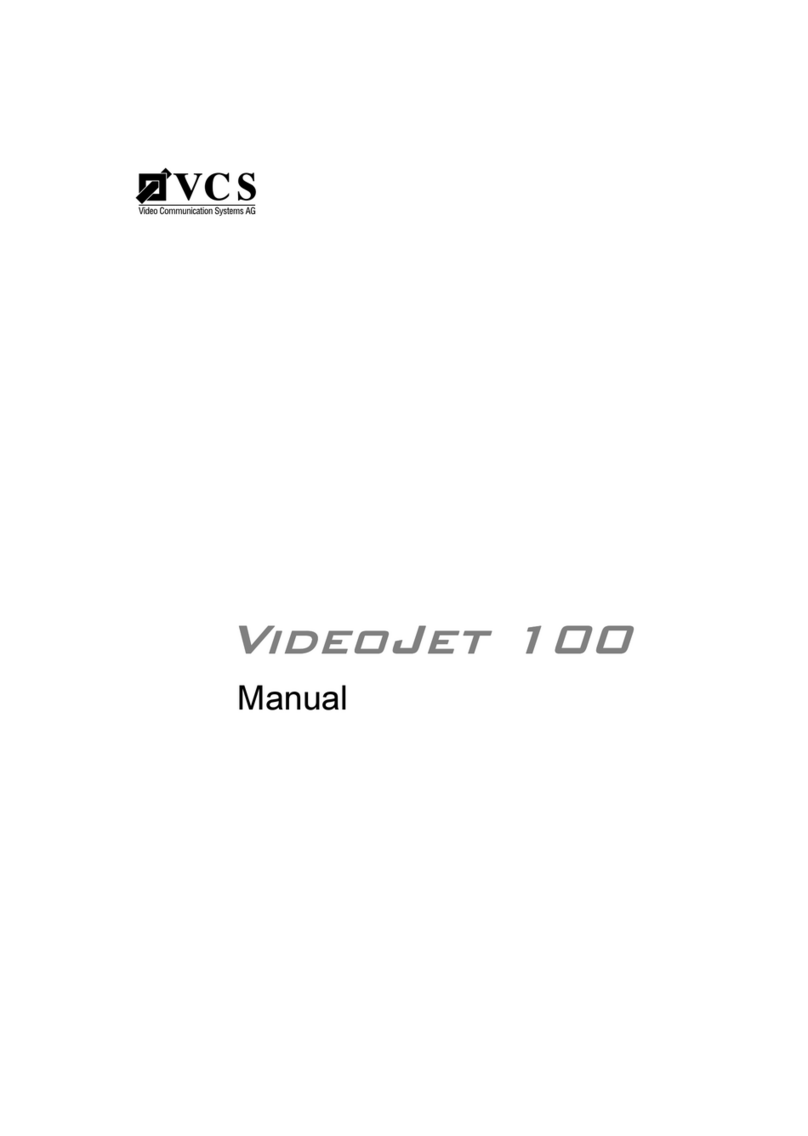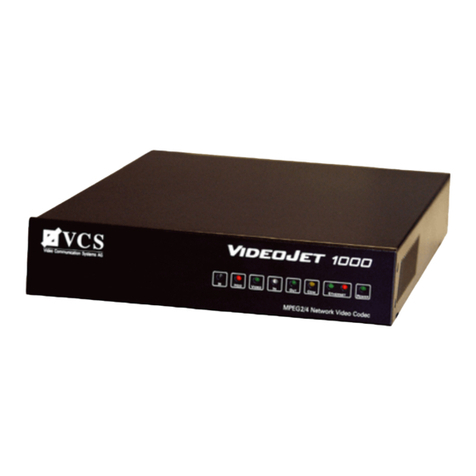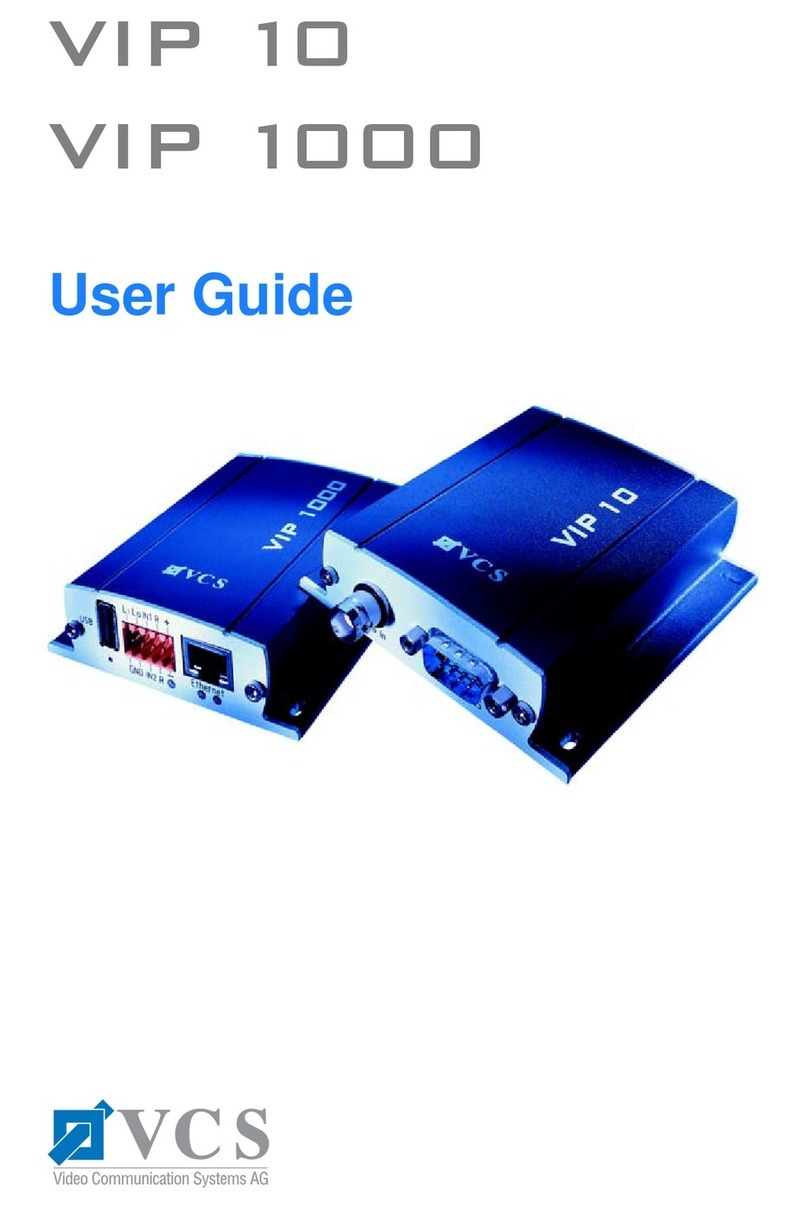
5
VideoJet 10
Chapter 1 Preface . . . . . . . . . . . . . . . . . . . . . . . . . . . . . . . . . . . . . . . . . . . . 7
Conventions . . . . . . . . . . . . . . . . . . . . . . . . . . . . . . . . . . . . . . . . 7
Intended use . . . . . . . . . . . . . . . . . . . . . . . . . . . . . . . . . . . . . . . . 9
EU Guidelines . . . . . . . . . . . . . . . . . . . . . . . . . . . . . . . . . . . . . . . 9
Rating plate . . . . . . . . . . . . . . . . . . . . . . . . . . . . . . . . . . . . . . . . . 9
Chapter 2 Safety information . . . . . . . . . . . . . . . . . . . . . . . . . . . . . . . . . . 11
Electrical shock hazard . . . . . . . . . . . . . . . . . . . . . . . . . . . . . . . 11
Installation and operation . . . . . . . . . . . . . . . . . . . . . . . . . . . . . 12
Repairs and maintenance . . . . . . . . . . . . . . . . . . . . . . . . . . . . . 12
Chapter 3 Product Description . . . . . . . . . . . . . . . . . . . . . . . . . . . . . . . . 13
Supplied components . . . . . . . . . . . . . . . . . . . . . . . . . . . . . . . . 13
System requirements . . . . . . . . . . . . . . . . . . . . . . . . . . . . . . . . 13
Configuration requirements . . . . . . . . . . . . . . . . . . . . . . . . . . . . 13
Operational requirements . . . . . . . . . . . . . . . . . . . . . . . . . . . . . 14
Functional overview . . . . . . . . . . . . . . . . . . . . . . . . . . . . . . . . . 14
Rear panel connectors . . . . . . . . . . . . . . . . . . . . . . . . . . . . . . . 17
Front panel . . . . . . . . . . . . . . . . . . . . . . . . . . . . . . . . . . . . . . . . 18
Chapter 4 Installation . . . . . . . . . . . . . . . . . . . . . . . . . . . . . . . . . . . . . . . . 19
Connections . . . . . . . . . . . . . . . . . . . . . . . . . . . . . . . . . . . . . . . 20
Switching on/off . . . . . . . . . . . . . . . . . . . . . . . . . . . . . . . . . . . . . 23
Setup using a terminal program . . . . . . . . . . . . . . . . . . . . . . . . 24
Contents































